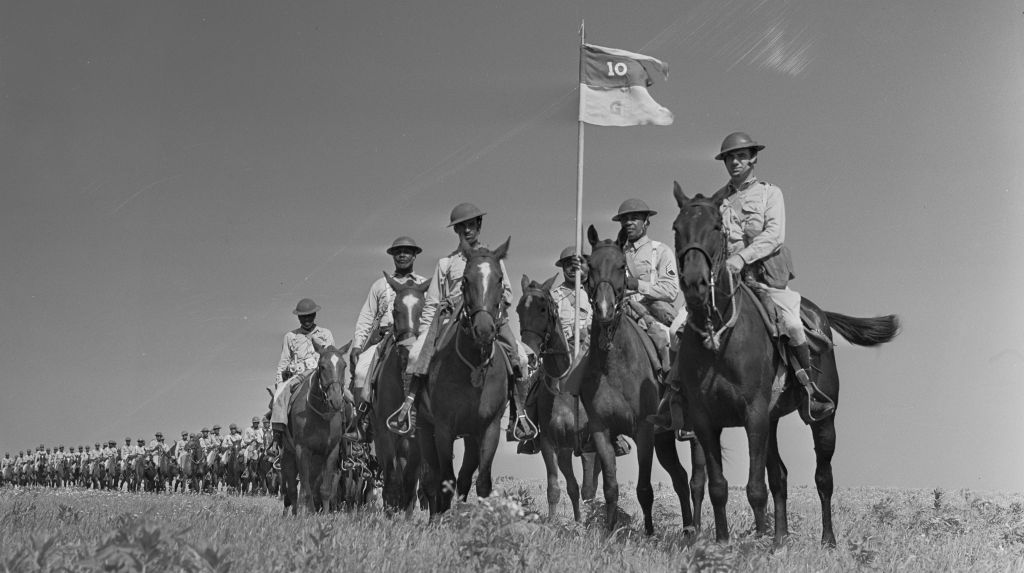Authors:
Historic Era: Era 8: The Great Depression and World War II (1929-1945)
Historic Theme:
Subject:
September 2020 | Volume 65, Issue 5


Authors:
Historic Era: Era 8: The Great Depression and World War II (1929-1945)
Historic Theme:
Subject:
September 2020 | Volume 65, Issue 5
Editor’s Note: People can accomplish amazing things when roused to action by strong leadership. Paul Dickson, a frequent contributor to American Heritage, gives ample evidence of that in his fascinating new book, The Rise of the G.I. Army, 1940-1941: The Forgotten Story of How America Forged a Powerful Army Before Pearl Harbor (Atlantic Monthly Press) in which portions of this essay appeared.
On Friday, September 1, 1939 at 2:50 a.m., President Franklin D. Roosevelt was awakened by a telephone call from the U.S. ambassador to France, William Bullitt, who reported that Nazi Germany had just invaded Poland and was bombing her cities.
“Well, Bill,” the president said. “It has come at last. God help us All.”

Two days later, on September 3, France and Great Britain declared war on Germany and the Second World War was fully underway in Europe. That night, Roosevelt took to the radio waves in one of his customary fireside chats with the American people to lament the situation in Europe. He then added: “I hope the United States will keep out of this war. I believe that it will. And I give you assurance and reassurance that every effort of your Government will be directed toward that end.”
Roosevelt then uttered his oft-quoted thought about war: “I have said not once but many times that I have seen war and that I hate war. I say that again and again.”
What Roosevelt did not say that night was that if and when the nation was drawn into this war, the United States Army was not even prepared to wage a defensive battle to protect North America, let alone stage an offensive campaign on the other side of the Atlantic.
At the time of the invasion of Poland, the German army had 1.7 million men divided into 98 infantry divisions, including nine Panzer divisions, each of which had 328 tanks, eight support battalions, and six artillery batteries.
In stark contrast, the U.S. Army, comprising 189,839 regular troops and officers, was ranked 17th in the world in 1939, behind the army of Portugal. Furthermore, the Regular Army was dispersed to 130 camps, posts, and stations. Some 50,000 of the troops were stationed outside the United States, including the forces that occupied the Philippines and guarded the Panama Canal.
The Army was, as one observer described it, “all bone and no muscle.” The United States Marine Corps stood at a mere 19,432 officers and men, fewer than the